Tips to Travel Japan like a PRO: Learnings from Spending 35 days in Japan
Pack Light
Throughout most of your trip, you’ll find that transiting is often by some form of public transportation and walking. As such, traveling around becomes so much easier when you don’t have to deal with a large suitcase. If you can, try to limit yourself to one standard-sized carry-on item and one personal-sized carry-on (eg. one suitcase and one backpack).

Once you reach your final destination for your trip, you can finally forget about this tip and go on the shopping spree you’ve been holding back. Until then, do your best to save space in your carry-on baggage so that you can buy souvenirs without compromising on the mobility you’ve worked so hard to preserve.
Can’t pack light? Skip to Use Luggage Forwarding
Leave luggage at the Hotel
So you’ve taken the above advice, but you’re thinking to yourself “I still have to lug this suitcase with me for the entire day until check-in?” You’ve also become a little self-conscious as you don’t want to stand out like a sore thumb, as the tourist who lugs their suitcase everywhere. Fortunately most hotels will hold your luggage prior to check-in as well as check-out. For reference, every accommodation throughout my 34 day trip (business hotels and traditional inns) provided this service for free. As such, I recommend your first stop at every city be your hotel so that you can drop off your belongings.
Use Luggage Forwarding
Whether you’re lugging a big suitcase or making a daytrip far from your next accommodation, luggage forwarding lessens the burden so that you can go hands-free sightseeing until your check-in time. Luggage forwarding services are typically offered at major transit hubs and hotels, often starting around 2000 yen for a standard carry-on suitcase.
Do note that same-day shipping is not always guaranteed. If you’re shipping between hotels, expect your luggage to not arrive until at least the following day. Be sure to confirm the cutoff time for luggage dropoff, otherwise you might risk having a later delivery time. For reference, I went from Osaka to Kyoto, but did a day trip to Nara. I didn’t want to carry my large backpack with me, so I had it shipped during check-out in Osaka, and it arrived in Kyoto the next day during the afternoon. Doing so, I was able to enjoy Nara without having to worry about bringing luggage around.
If you’re looking to ship from a major hub to a hotel, you can look into Yamato’s same-day shipping service. Be sure to check coverage for the city you’re arriving in and to confirm the cutoff time for same-day delivery.
To ship from hotel to airport, you can look into Airporter for same-day shipping. (Note that Airporter covers only Tokyo, Osaka, and Okinawa, so ask your hotel about a similar service if you’re not in the above 3 cities.) Be sure to confirm the cutoff time for same-day delivery as well here. I originally intended to use the service, but an online reservation no later than 11:00pm the night before is required if you’re shipping from Tokyo. Unfortunately I was never able to try the service as I missed the deadline by a few minutes.
Get an IC Card
While Japan is known as a cash society, I was pleasantly surprised by the amount of locations that accept IC Cards, a variety of transit cards used in Japan, as a form of payment. With a single card, you no longer have to worry about reading the fare map to determine how much a ticket costs, you can make purchases at large chains and you can even pay your taxi fare! Needless to say, you’ll have no need to spend time searching for coins nor will you be increasing the weight in your pocket by getting coins from breaking a bill.
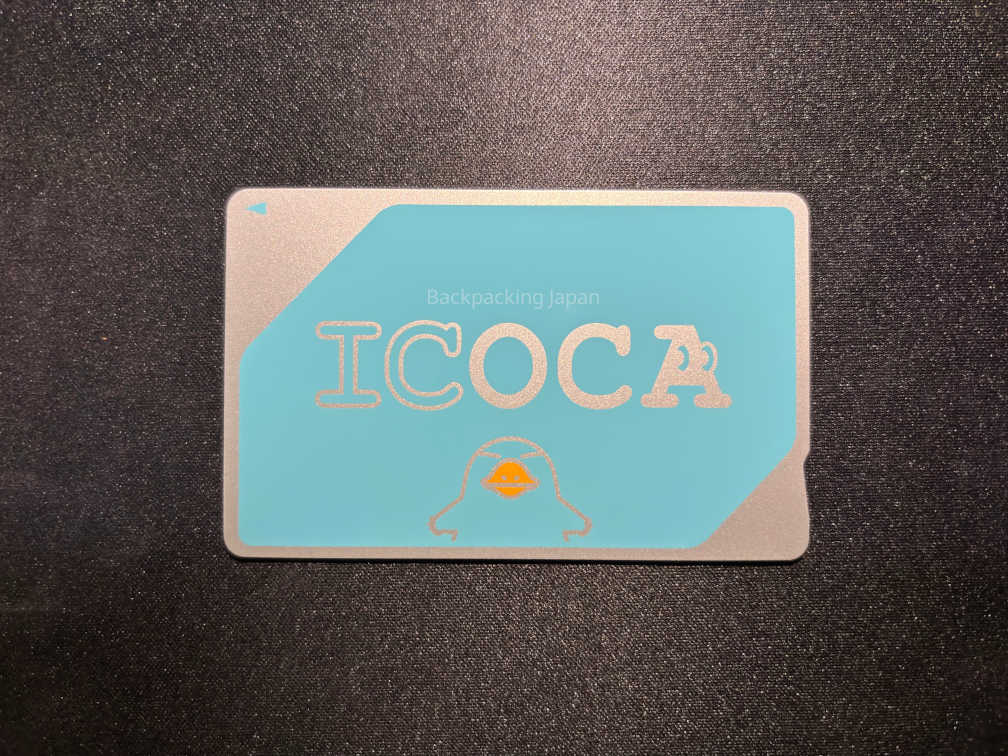
For Apple owners of an iPhone 7 or later, you can set up the digital Suica card in your Apple Wallet. If you’re an Android user, unfortunately you’re out of luck as only Android devices from the Japanese market will support digital IC cards. In general the digital versions of the IC cards were so much more convenient, I found myself paying with my iPhone more than the physical IC cards. To see why, notice that whether you’ve just paid for a meal, or you’re getting off the subway, you’ll almost always be heading somewhere which means that you’ll need to be on your phone to view the map.
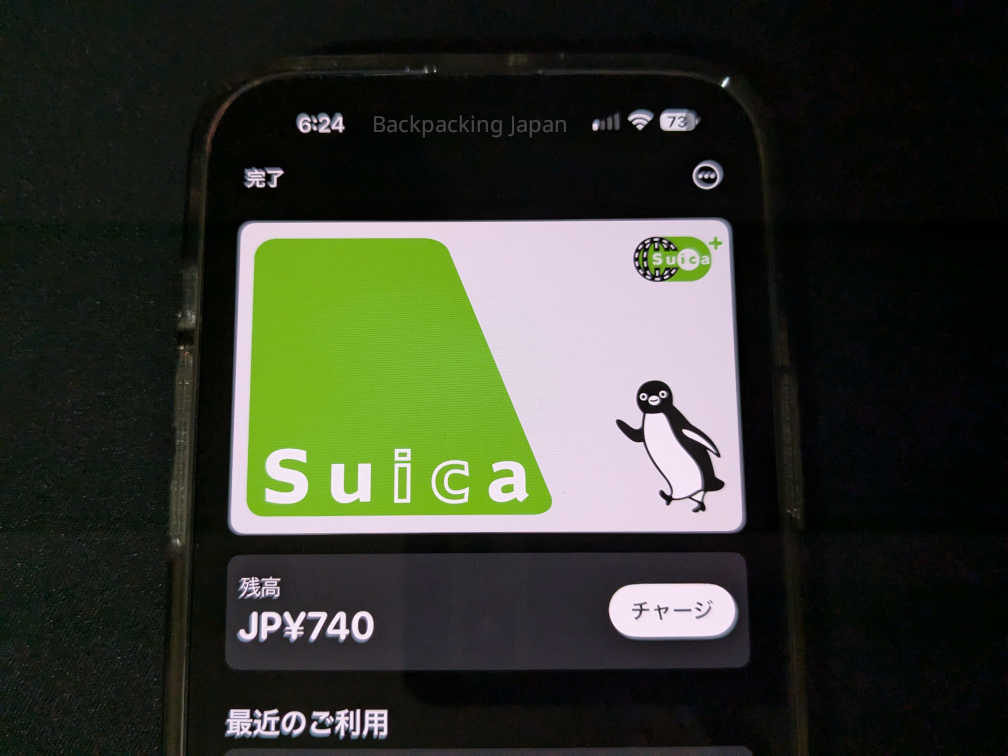
In the event that you need or want a physical IC card, they are often sold at the ticket office or the ticket machines. The type of IC card you can get will vary by region which we discuss in further detail in another post. The type only affects the design of the card and where you can purchase/refund it but every other aspect is essentially the same. Note that in Tokyo, the primary IC cards, Suica and Pasmo, are no longer on sale due to supply issues (although some people online have managed to obtain one, so it may be subject to availability). However you can get the tourist IC cards (which expire in 28 days from purchase), the Welcome Suica at Haneda Airport, and supposedly the Pasmo Passport at Narita Airport upon arrival.
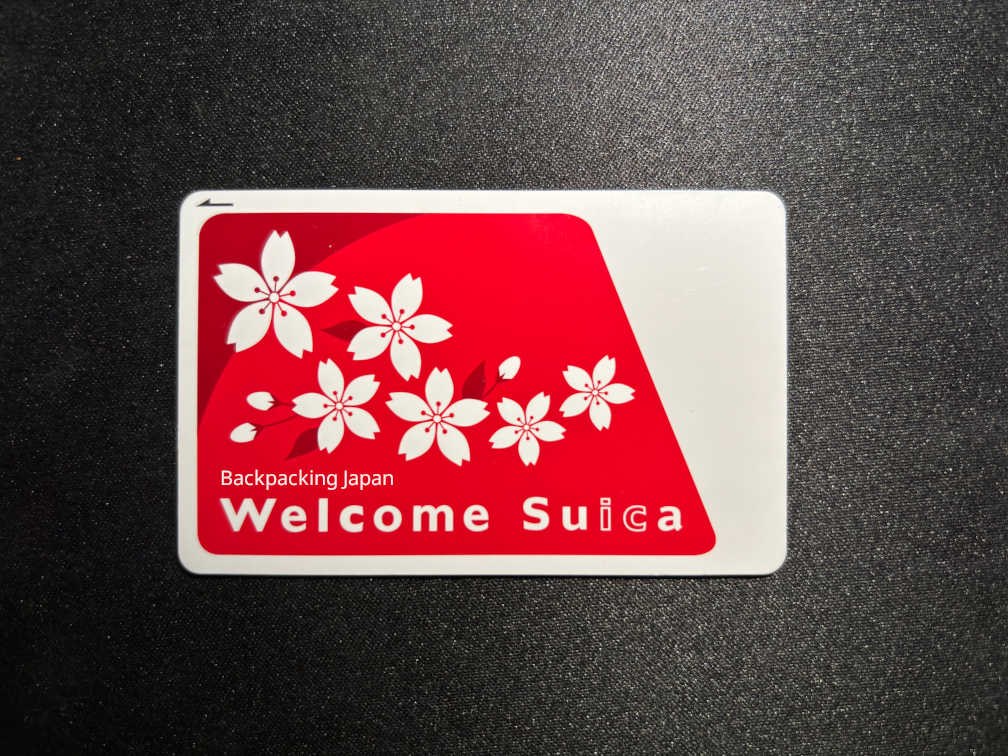
Get a Coin Purse
Despite the growing popularity of IC cards for payment, a lot of smaller shops still operate on a cash-only model so I recommend you get a coin purse early in your trip if you are not going to bring one. It’ll also come particularly in handy at the arcades if the machines don’t accept IC cards as payment.
Avoid Peak Hours
Transportation
Rush hour is typical between 7:30 am to 9:30 am and 5:00 pm to 8:00 pm. Expect the intra-city (ex: Yamanote line which runs a circle around Tokyo) and commuter (ex: Chuo-Sobu line which runs from Chiba, through and past Tokyo) trains to be packed shoulder-to-shoulder with no space for luggage other than a small backpack (the size that an office worker would need). So if you have to move luggage, I’d recommend waiting out the rush hour or using a luggage forwarding service. Otherwise you will end up like me, already checked-out of the hotel, waiting more than 20 minutes for rush hour to end, in order to head towards the city center.

If you’re more of an early riser (but not earlier than rush hour), I’d recommend arranging your itinerary to visit out-of-city locations in the morning as the trains won’t be as packed during rush hour when moving away from the city center. Of course this also means that if you head back towards the city during the evening rush hour, it won’t be as packed either. Just try to keep in mind that transferring to an intra-city or commuter line means you’ll likely be squished!
Food
Finding a Restaurant
Restaurants are often scattered across many areas, so it’s really easy to find something to eat without even opening Google Maps by strolling around.
If you’re looking for food on Google Maps, also consider cross-checking on Tabelog which is a food database that Japanese people use. Don’t be surprised by the lower ratings on Tabelog as reviews tend to be stricter on this platform. 3 stars is approximately the average score for a good experience on this website, and the higher it is from 3 stars, the better your experience is likely to be.
Rush Hour
Rush hour is typically between 12:00 pm to 2:00 pm and 6:00 pm to 8:00 pm. Depending where you eat, lines can easily extend to a 40 minute wait or even longer. If eating during these times is a must, reservations are strongly encouraged. Note that some locations outside of rush hour may also see long wait times.
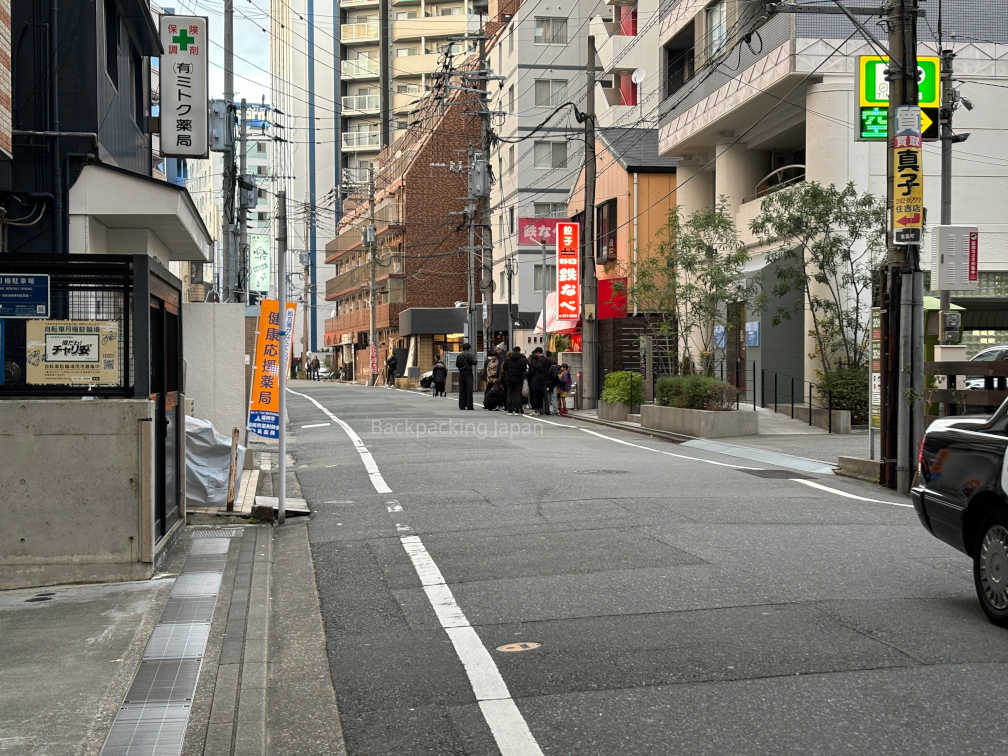
Alternatively, I’d strongly encourage you to take advantage of your jet lag to eat at odd times. By doing so, you’ll be able to cut your wait down to a few minutes if not being sat at a table immediately. For reference, I would frequently eat around 11:00 am for lunch, have a second lunch between 2:00 pm and 3:00 pm, have dinner at around 5:00pm and have another dinner if necessary around 8:00 pm.
Business hours
Some restaurants close between lunch and dinner. Be sure to check the business hours of the restaurants so that you don’t end up surprised by arriving at a closed store. Also note that some restaurants may have a last order 30 minutes to 1 hour before closing time, so make sure you arrive with adequate time factoring last orders.
National Holidays
Call or check their website ahead of time. Do not assume it will be open because Google said so. I’ve been burned many times over the new years holiday when google said they’d be open, but I arrived at a closed shop.
Get a reservation. Many others are likely making reservations to restaurants during holidays, so it would be a much safer play to get a reservation. Even with my “hack” of eating during odd hours, most of the restaurants I wanted to try got booked out during new years which left me scrambling to find an alternative restaurant serving the same food.
Sightseeing
Despite having traveled Japan during its off-season (January), there were still an insane amount of tourists. On some occasions, it was so crowded that I decided to skip the locations altogether. However, I found that visiting immediately after opening and 1 hour before closing was optimal in avoiding large crowds while providing sufficient time to see the attraction. Also be aware of business hours. Otherwise you might end up scrambling when you find out that places close earlier than you expected.

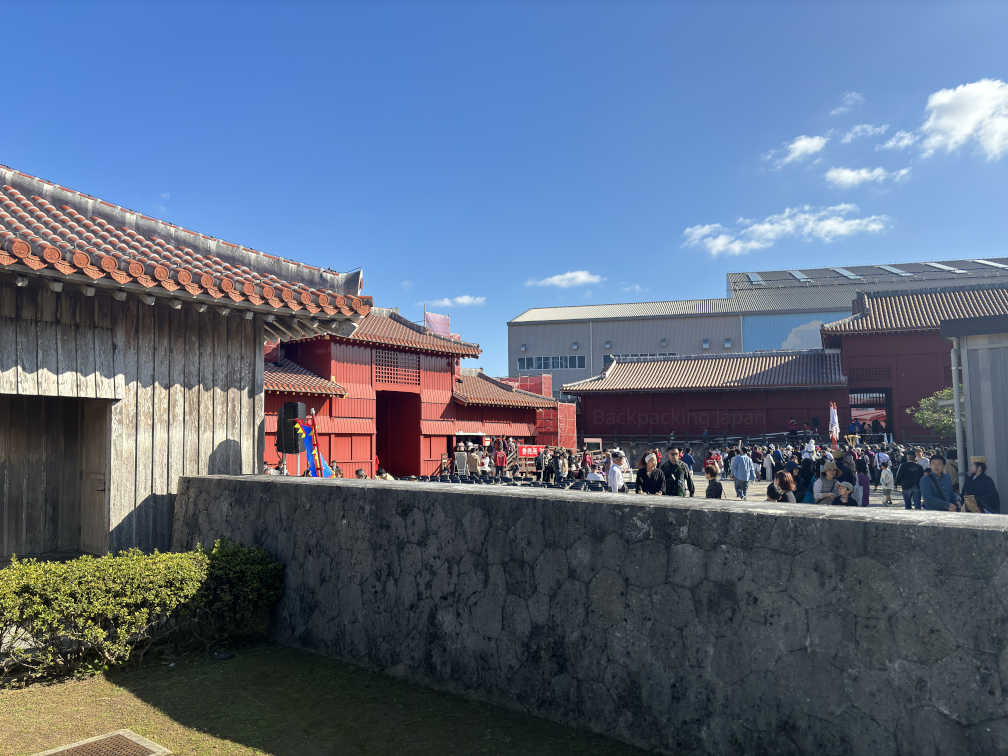
Some attractions don’t get closed off to the public so you can visit in the middle of the night. For example, I climbed Fushimi Inari’s 1000 Torii gate shrine at around 10:00 pm and there were little to no other visitors. Note that this is not a recommendation and is only for your own information. Please exercise caution and perform your own due diligence before engaging in any possibly dangerous activities such as night time hiking.
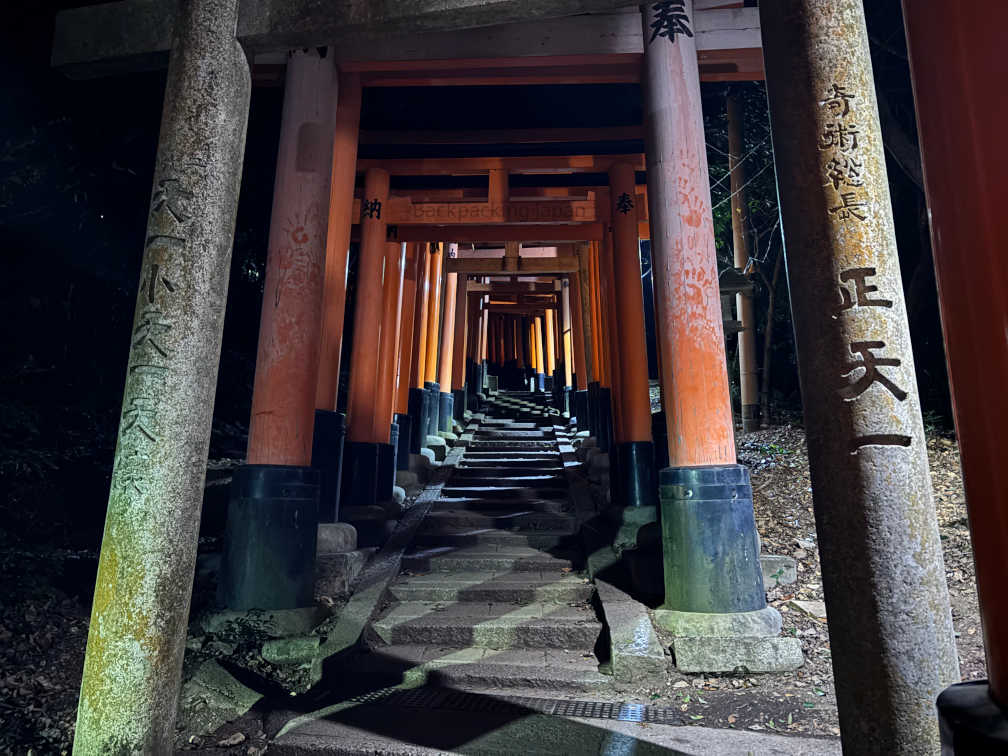
Itinerary: Less is More
You might consider creating an hour-by-hour itinerary so that you can optimize your trip and visit as many attractions as possible within your trip’s time frame and all the power to you if you enjoy that. Personally, I didn’t even make it as specific as by-the-hour but it was still less enjoyable for several reasons.
Be Flexible
One of the reasons that I didn’t enjoy my trip as much was that I felt obligated to visit all of the places I had written down as part of my itinerary. On top of the stress of exploring an unfamiliar place, the pressure of time is added on top which means spending less time at the places you really enjoy, while spending more time in places you don’t want to visit. For example, I had plans to visit shrines and temples in each of the cities that I was visiting. However, I got bored of them after the 5th or so visit. Despite this, I still forced myself to visit more of them to the point that my time felt wasted (it’s not like the average Japanese person visits multiple shrines every single day). Once I let go of the idea that I needed to visit every single location on my list, I felt a weight removed from my shoulder and was able to once again enjoy my trip more. You don’t have to make your trip completely spontaneous, but at least consider this as a tool to possibly further enhance your vacation.
Set Aside Time to Get Lost
Some of my most memorable moments in Japan were actually when I got lost. Whether it be getting off at the wrong train station and wandering around until the next train, or picking a random spot to visit. Not having been able to do any prior research to a given area probably increased the allure, to say nothing of the pleasant surprises you may encounter on the way.
Japan has so many hidden gems that getting lost is a lot easier than you may think. Consider leaving space in your itinerary just to get lost, or arrange your schedule in a way so that getting lost does not impact the rest of your schedule. That way you’ll be able to make those spontaneous stops on your trip and not have to regret skipping it.
Even if you end up missing a couple locations, there’s always your next trip to Japan!
Shinkansen and Mt. Fuji
Take seat E. Seat E is the window seat which faces Mt. Fuji. The direction of the train does not matter as the seats will be pivoted to match the direction of travel which means that seat E will always be facing Mt. Fuji.
Traveling North? Consider a Shinkansen Reservation
Assuming you’re traveling between Tokyo and a large city in the northern parts of Japan such as but not limited to Sendai, Akita, Aomori, and Hakodate, you’ll want to consider getting a reservation for the Shinkansen. When I was traveling between Tokyo and the north, Google Maps kept recommending the Hayabusa Shinkansen which you can only board with a reservation. I initially didn’t know about this system which meant that I had to wait about 30 minutes for the Yamabiko Shinkansen which did have non-reserved seats.
Depending on when you’re looking to make a reservation, you might be able to get away with making last minute reservations. Since most times I boarded the train were to head away from Tokyo, it naturally meant less people were riding. Another factor to include was the time of day, which I normally rode outside of rush hours. Being the case, I was able to get a reservation within 15 minutes of the next train arriving instead of having to book hours or days in advance
Needless to say, if you’ll be riding on the Yamabiko, a reservation is not required. Do note that the Yamabiko travels no further than Morioka, so any further and a reservation is a must.
Traveling Solo? Keep in Touch with Family and Friends
Whether it be the language barrier or the cultural differences, it might be difficult to connect with the locals. Even though I had studied the language (and by extension the culture) for several years, I found it difficult to make meaningful connections with locals considering I was on a time-crunch and also traveling to different cities everyday. Depending on how long you plan to stay abroad, it can become very lonely quite fast. Keeping in touch with your family and friends can be a good way to alleviate some of these feelings. If you live in the Americas, early mornings in Japan are a good time to call back home. Otherwise late at night can also work if your friends and family tend to wake up on the earlier side.